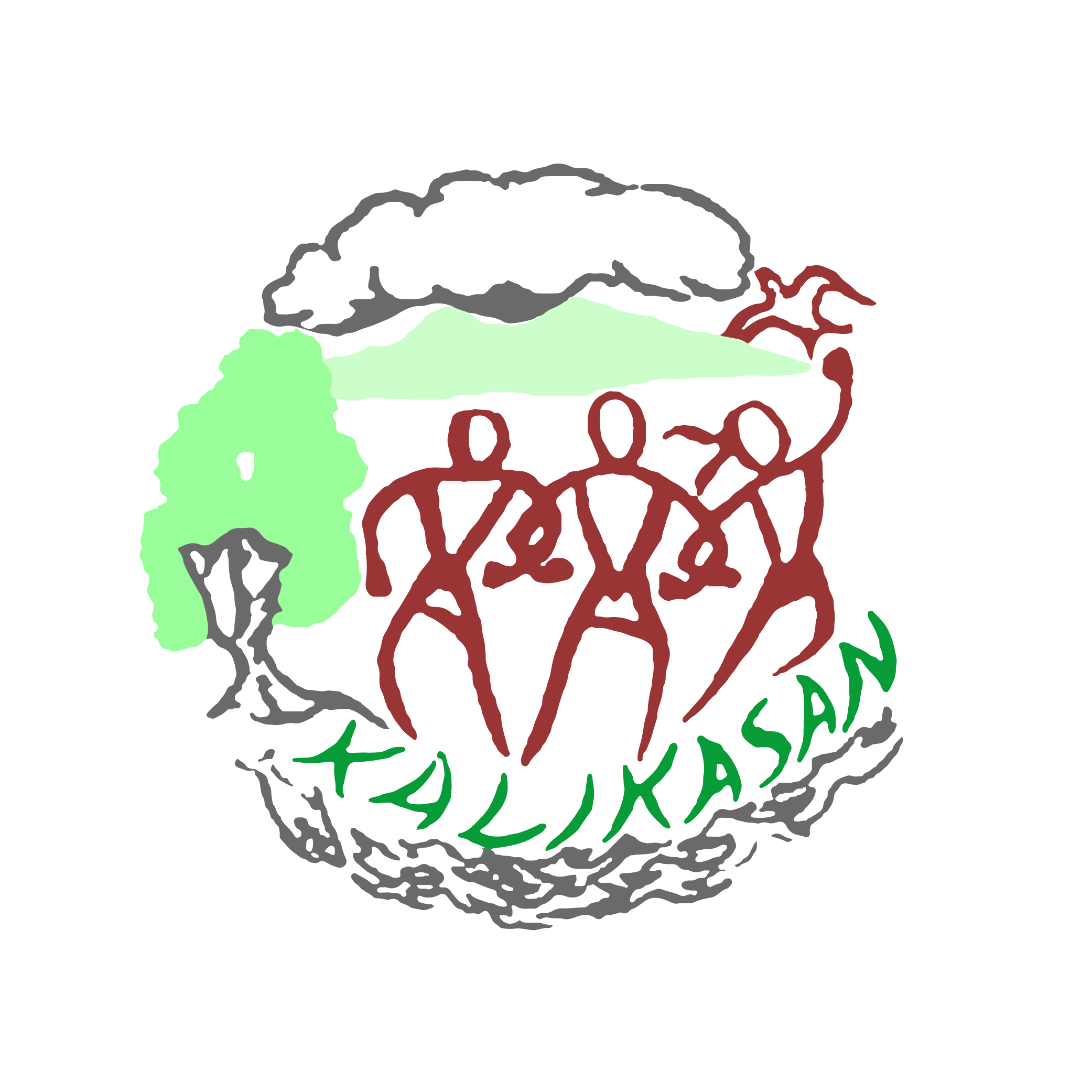In a picket protest held today outside the Department of Environment and Natural Resources (DENR), environment group Kalikasan People’s Network for the Environment (Kalikasan PNE), together with fisherfolk, indigenous people, and other activist groups, called for the establishment of ‘Special Protected Areas’ across the mountains and seas of the Philippines as the world celebrates Earth Day with the theme ‘Protect our Species.’ “From the watersheds of Sierra Madre down to Manila Bay all the way to the West Philippine Sea, new and rare species are being sighted or repopulated. However, infrastructure projects and other destructive activities are promoted by the Duterte administration in these areas. These critical habitats hosting various keystone species are important to millions of Filipino people and must be declared as Special Protected Areas,” said Leon Dulce, national coordinator of Kalikasan PNE.
One such species is the Giant Clam (Tridacna gigas) found in the coral reefs of West PH Sea. These bivalve mollusks known as the ‘Jade of the Sea’ play integral roles in regulating sedimentation and pollution, providing protection for other marine species, and rebuilding coral reefs. However, Chinese fishing vessels escorted by their coastguard ships have repeatedly plundered these giant clams. Philippine authorities have done little to stop these poaching activities. “Giant clams are not ‘just food,’ as Foreign Affairs Secretary Teddy Boy Locsin Jr. put it, but constitute the Filipino people’s food security. They are vital to the ecological health and climate resilience of West PH Sea that produces 16.6 million tons of fish a year,” explained Dulce. In Manila Bay, scientists have revealed on different occasions recent sightings of a new sardine species (Sardinella pacifica) and of rare migratory waterbirds such as the black-faced spoonbill (Platalea minor) despite the degraded state of the water body. The foreshore areas in which these new and rare species have been found, however, are currently threatened with over 28,000 hectares of approved land reclamation projects. Further upstream in the Southern Sierra Madre range, the last remaining forests in Luzon where endangered species such as the Philippine Eagle, Philippine Brown Deer, and the Philippine Warty Pig can survive are threatened of being flooded by the impending Kaliwa Dam. At least 2,300 hectares of old-growth forests will be submerged by the reservoir of the dam. The environmental group said existing policy instruments such as Protected Areas, Conservation Areas, Heritage Sites, and International Peace Parks can be utilized to prohibit destructive land and water uses within these areas. Steps must also be taken to ensure the sustainable utilization, democratic consultation, and participatory governance of grassroots communities who have suffered the most from the abuse of these landscapes, including the demilitarization of these areas to ensure people’s rights are respected.
“There are enough constitutional, policy, and international treaty mandates to designate these landscapes as off-limits to infrastructure and extractive projects. The problem is that President Rodrigo Duterte chooses to act on other policies such as the haphazard conversion of lands and waters to pave the way for ‘Build, Build, Build’ economic projects instead,” Dulce lamented. “We must demand that Duterte heed the tell-tale signs of the global biological crisis inextricably linked with our chronic economic and social crises. Biodiversity is a significant function in the quality of life of Filipino people and its protection must be concretely subsidized, implemented, and enforced by the State,” ended Dulce.#
